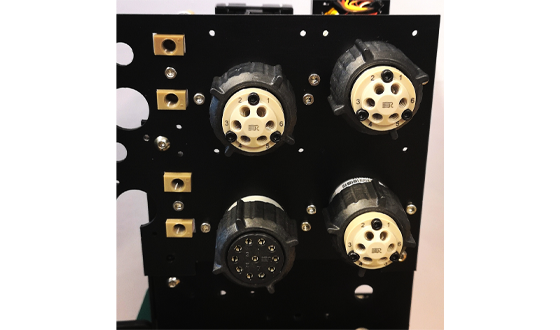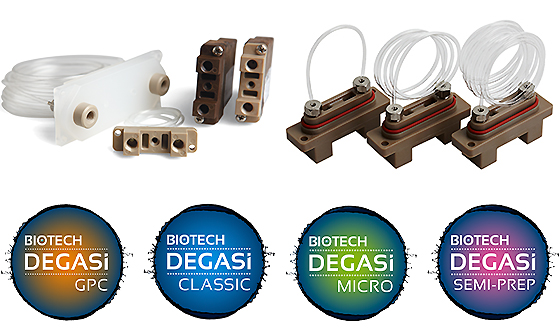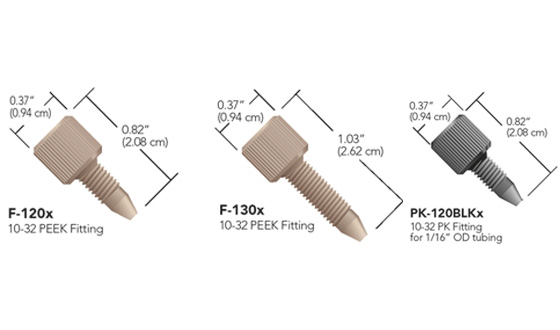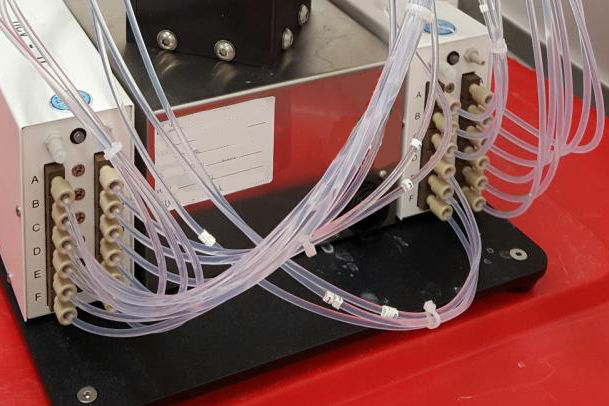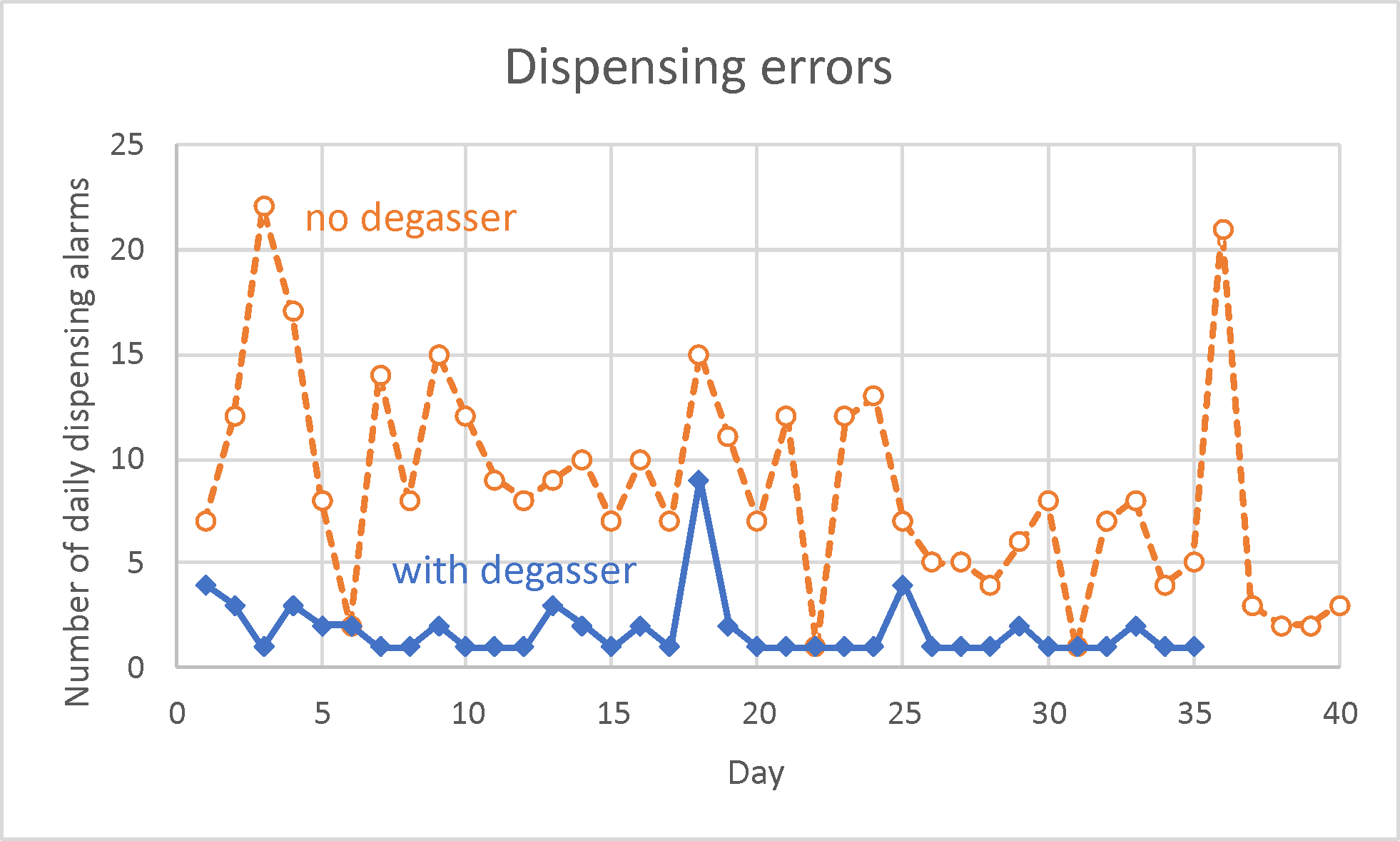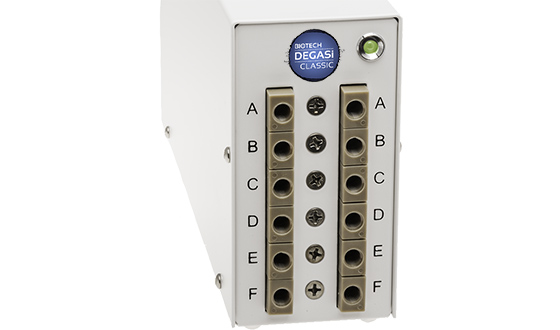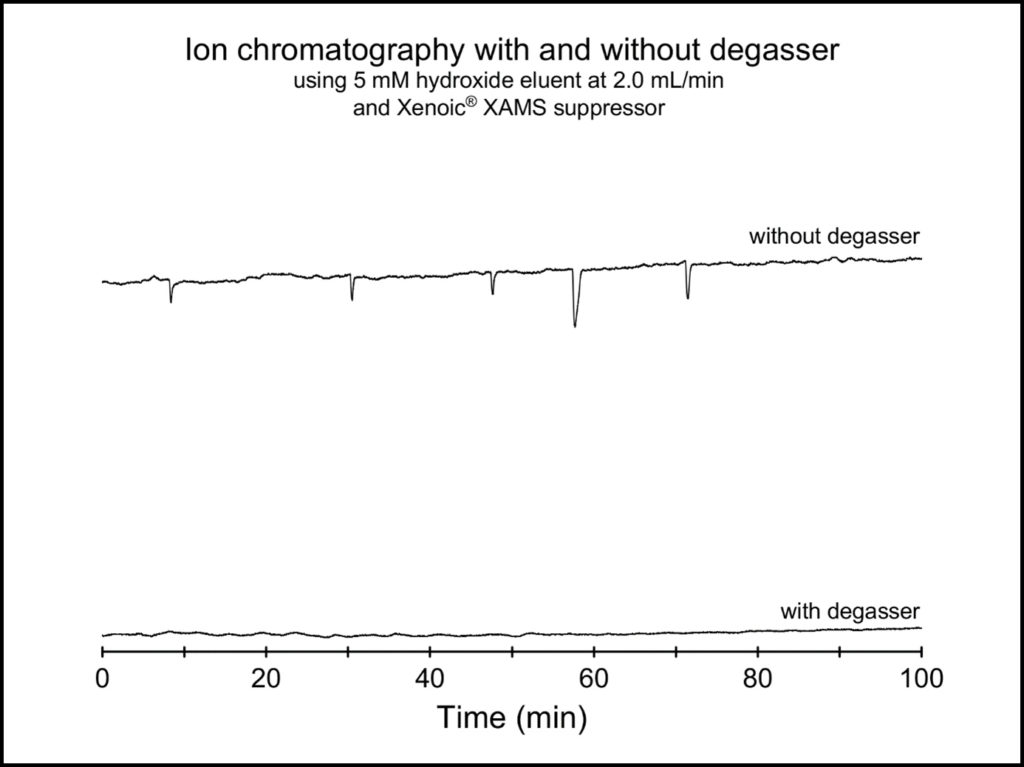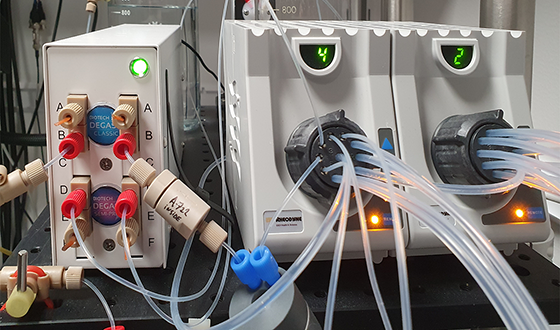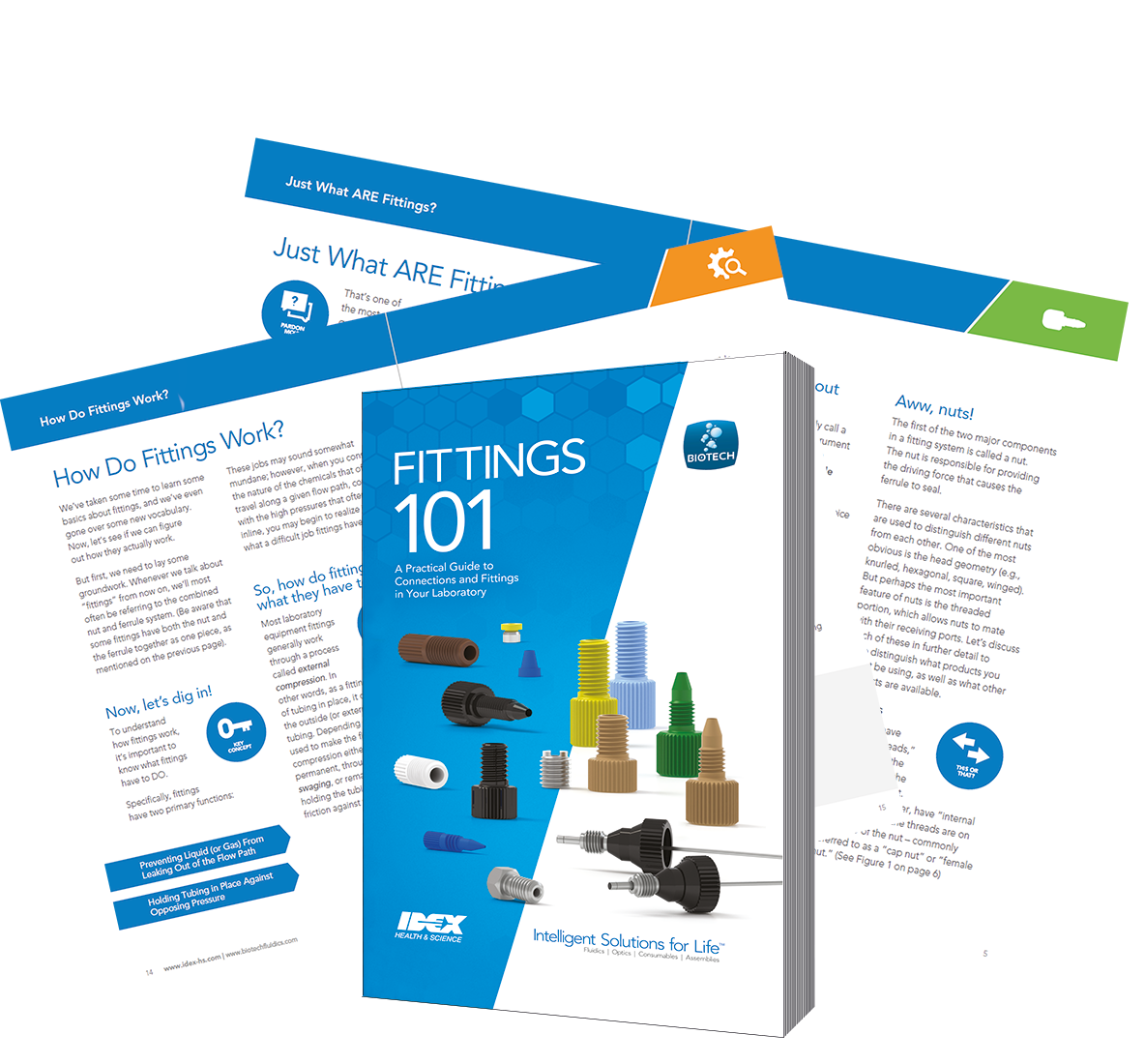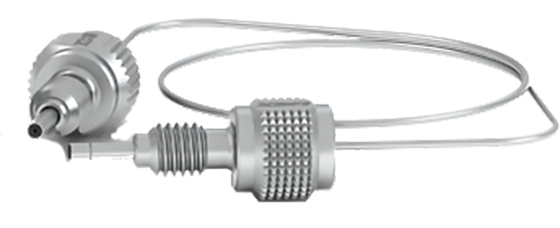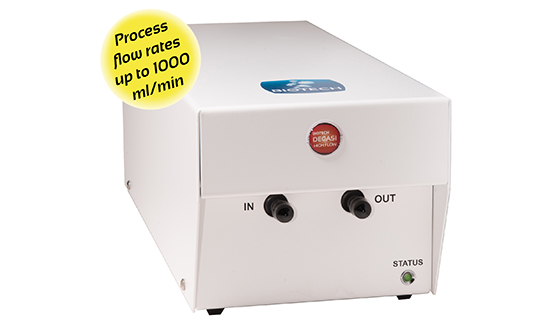Biotech Fluidics AB reports that it is supplying key microfluidic and degassing components to BioNavis Oy (Tampere, Finland) for its range of Multi-Parametric Surface Plasmon Resonance (MP-SPR) instruments.
Surface Plasmon Resonance is the ‘go to’ technique for the measurement of molecular interactions in fluidics including serum, saliva, and organic solvents. SPR technology beneficially allows evaluation of affinity and kinetics of molecular binding reactions without the burdens of labelling as the technique is label-free.
The BioNavis Navi™ range of advanced MP-SPR instruments provide superior features and performance enabling both studies of surface interactions as well as nanolayer characterization. Navi MP-SPR instruments are helping scientists with antibody characterization through drug uptake routes, controlled drug release strategies, small molecule measurements, nanoparticle targeting up to drug internalization by living cells.
Jussi Tuppurainen, Technical Director of BioNavis commented “The key part of our MP-SPR fluidics systems are IDEX port selection valves supplied by Biotech Fluidics. These high-quality valves contribute to precise handling of samples, allowing researchers to control the timing, volume, and flow rate of injected liquids. This precision is vital for achieving reproducible results and minimizing variations in sample concentration. Additionally, the Degasser system supplied by Biotech Fluidics helps maintain sample integrity by preventing the introduction of air bubbles, which can disrupt measurements. Careful fluidic design and efficient degassing techniques eliminate bubbles and preserve the stability of the sample, ensuring reliable data”. 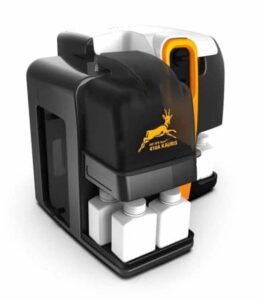
In conclusion – Jussi Tuppurainen said “BioNavis has been a satisfied customer of Biotech Fluidics for many years. We highly recommend them not only for their top-quality products, but also because of the consistently professional and friendly customer service they provide.”
For more information on fluidic components for SPR instruments please visit https://www.biotechfluidics.com/products/idex-catalogue/.
For further information on a degasser for your SPR system please visit www.biotechfluidics.com/products/degassing-debubbling/ or contact Biotech Fluidics on + 46 300 56 91 80 / + 612-703-5718 / info@biotechfluidics.com.
For further information on the Navi™ range of advanced MP-SPR instruments please visit https://www.bionavis.com/en/.

